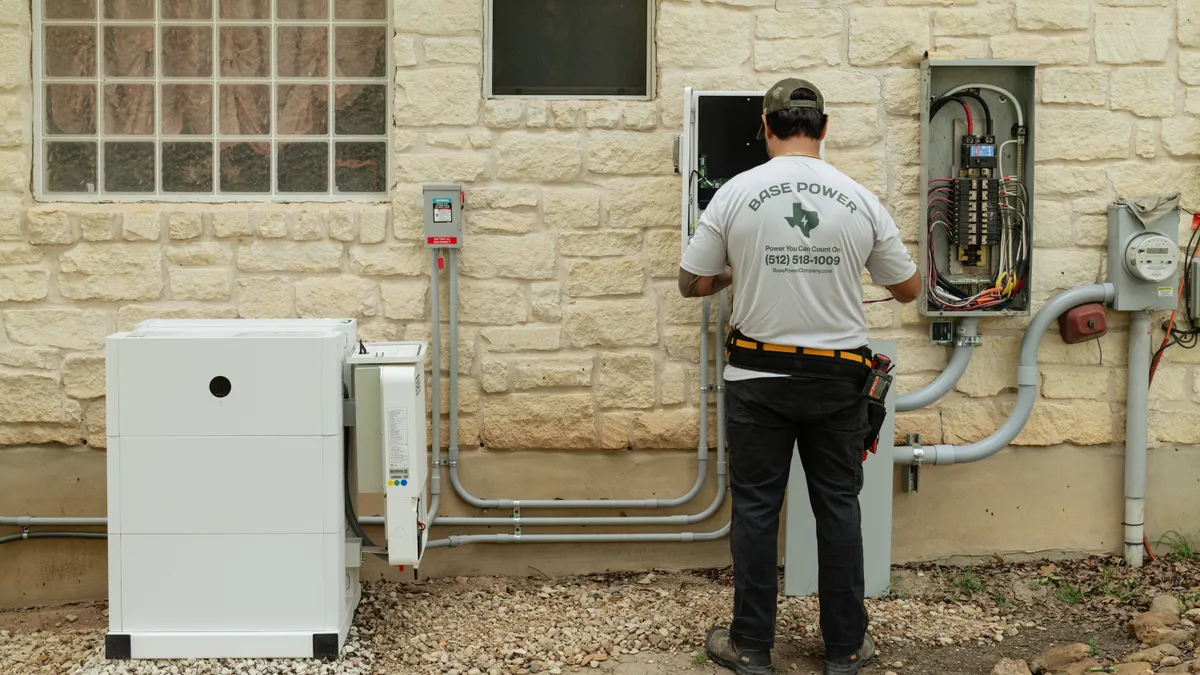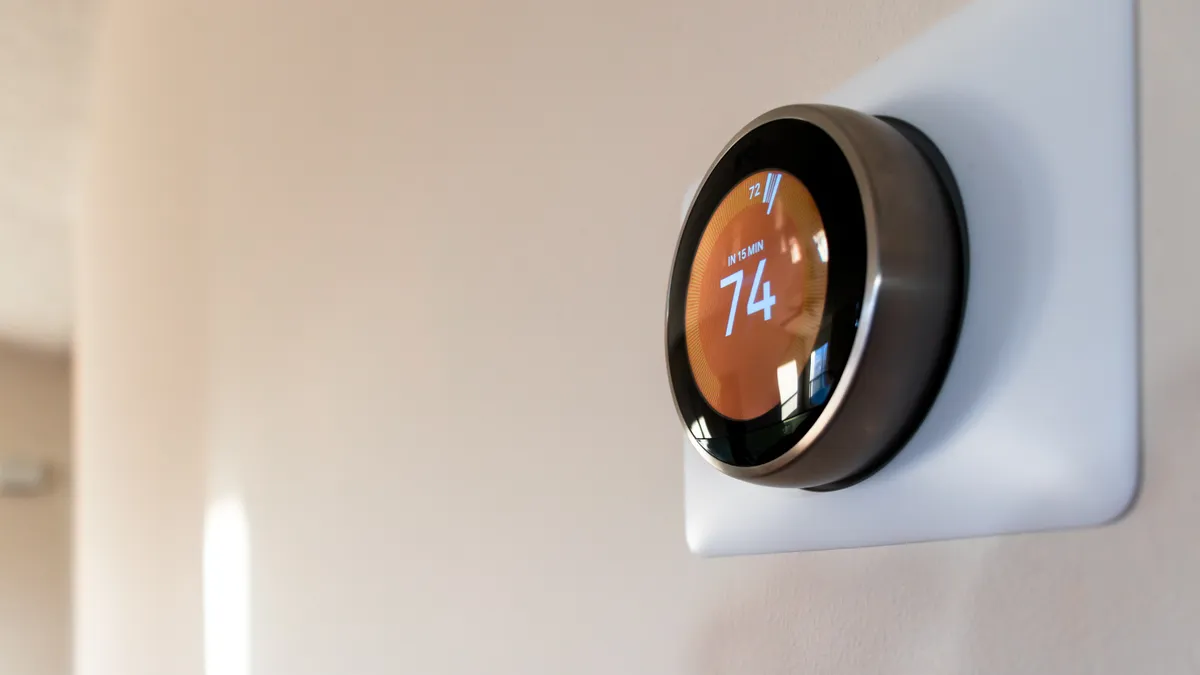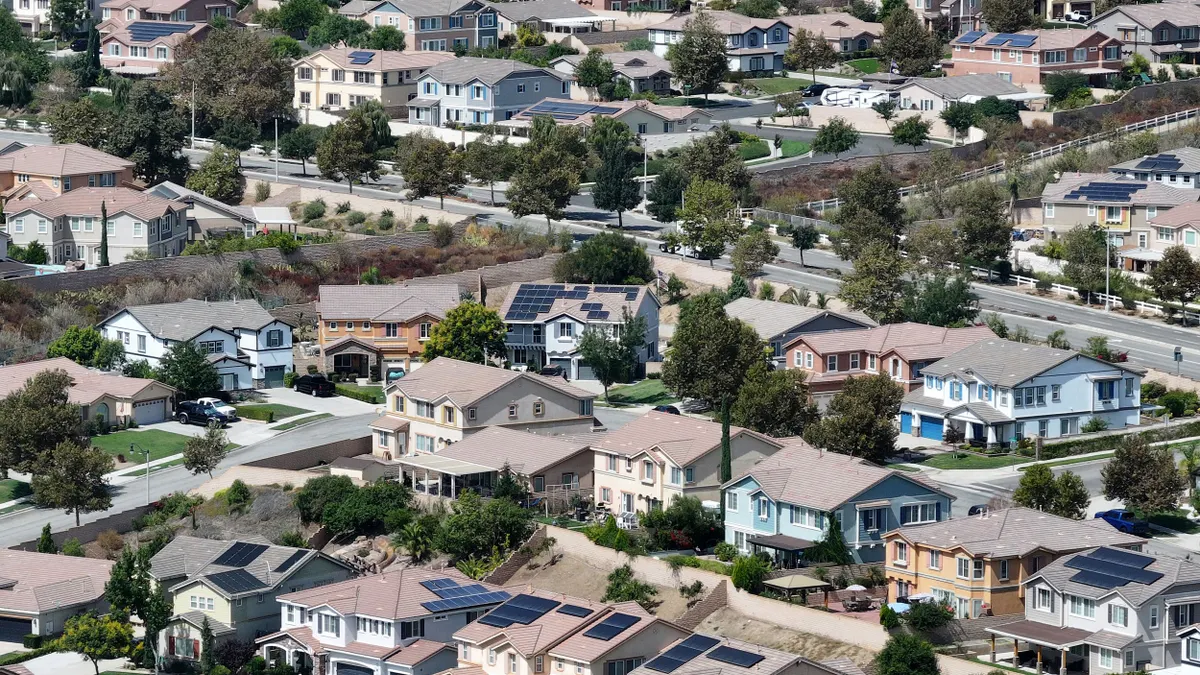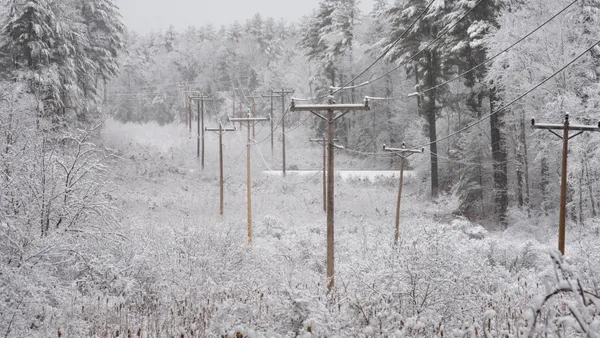Reducing your customer’s need for your main product is not widely seen as a successful business strategy, to put it mildly.
For many years, the electric utility industry would have agreed with that assessment. Sell more electricity, the line of thinking went, and earn more money.
But there are signs that is changing. As new technologies emerge, consumers seek to be more economical and policymakers look to reduce greenhouse gas emissions, utilities are asking themselves: Can we actually sell less and earn more?

Ralph Izzo, Chairman and CEO of Public Service Enterprise Group (PSEG), an electric and gas utility holding company with over $32 billion in assets and 2.2 million electric customers in its New Jersey service territory, thinks so.
“I would like to see the utilities regulated in such a way that they are indifferent at least and encouraged at best to invest in energy efficiency,” Izzo told Utility Dive in an interview last week.
'We can expand the role of the utility'
The utility regulatory model that was constructed in early 1900s to provide customers with universal access to reliable and affordable electricity, the industry seems to agree, is out-of-date.
The future of the utility business lies in optimizing the use of electricity for every customer, Izzo said.
“Even I don’t wake up in the morning saying, ‘I can’t wait to use electricity and natural gas!’” he added. “But I do wake up in the morning and say, ‘I can’t wait to see Game 5 of the NHL Stanley Cup.’”
Instead of growing electric sales, utilities should focus on providing the “least-expensive-as-possible” electricity to “people using the minimum amount of electricity they need to use in order to live the lifestyle they want to live,” Izzo said.
As opposed to focusing only on rates, the PSEG chief indicated, “the way to get to least-expensive electricity may be to use less of it.”
In the near term, PSEG will introduce an energy efficiency request to regulators similar to past programs “that should allow us to do meaningful work for about 6-12 months,” he said.
But Izzo said he intends to use that time frame “to engage in a more robust conversation to talk about how we can expand the role of the utility and have an even more profound and meaningful role.”
'You have to talk about lost revenue'
Utilities would be “a very effective vehicle” for investing in greater energy efficiency, he suggested, because the utility’s hurdle rate – the minimum acceptable rate of return on investment – is far lower than the customer’s.
The returns on energy efficiency investments by consumers are “far higher than the returns that we would accept in our business,” Izzo explained, but “the imperfections in the marketplace impede the ability to get wide-scale deployment of energy efficiency out there.”
“What you need to do is replace the consumer with an interested investor – in this case, the utility,” he said. “Then, when energy service company X brings a project to us, we are more likely to say yes than when they bring it to the consumer.”
The wins for the environment and consumer are obvious, Izzo said, but regulators and policymakers “need to focus on making this a win for the investor community.”
“What you have to talk about is lost revenue,” Izzo told Utility Dive. “You want to create a situation whereby the reduction in cost exceeds our reduction in revenue, so that we can make up for some of the lost revenue streams we would have realized through the use of our wires.”
“If the customer uses 10% less electricity, their bill has to go down by something less than 10%,” he said, and the financial savings seen by the customer should vary depending on the cost of the technologies deployed to achieve those savings.
'We're not going to be gone tomorrow'
Regulators should enable utilities to own behind-the-meter assets and reward them for doing so, Izzo explained.
Utilities should not only be “indifferent to investing in smart thermostats, more efficient lighting systems, higher-efficiency boilers and air conditioners,” he added, but be “as motivated to do that as I would to build a Class H substation.”
Izzo sees energy efficiency as a “huge opportunity” for utilities to partner with market entrants, but suggested that new players will face a “tough uphill climb” in getting “disinterested” customers to invest on their own.
New entrants can go it alone, Izzo said, but they “will automatically be awarded a level of trust and credibility” if they lean on the utility’s brand.
If the utility – which already has the prized relationship with the customer -- can show the customer the energy savings they might see and offer them solutions to achieve those savings, Izzo said, that “gives the customer a greater degree of confidence than someone knocking on the door and saying, ‘Boy, do I have a deal for you!’”
The customers “know that we’re not going to be gone tomorrow,” Izzo said. “We’ve been here for over a century and we’ll make our assessments based on good technical work and we’ll offer them something we can stand by.”





















